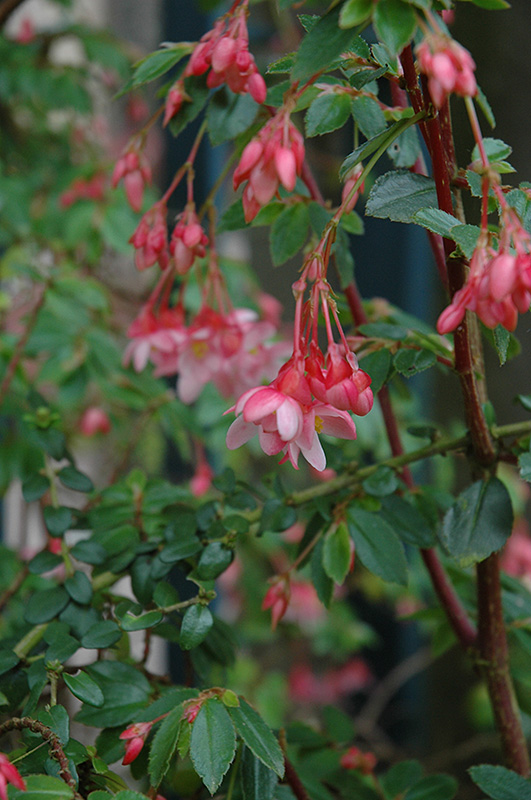Height: 3 feet
Spread: 24 inches
Sunlight:
![]()
![]()
Hardiness Zone: (annual)
Description:
An outstanding begonia with tiny, serrated glossy leaves for a fine texture in the garden; white blooms with hints of shell pink are produced throughout the season; grows well in humid conditions
Ornamental Features
Fern Begonia features dainty clusters of fragrant white star-shaped flowers with shell pink overtones and gold centers at the ends of the branches from mid spring to mid fall. Its attractive tiny glossy oval leaves remain dark green in color throughout the year.
Landscape Attributes
Fern Begonia is a dense multi-stemmed annual with a more or less rounded form. It brings an extremely fine and delicate texture to the garden composition and should be used to full effect.
This is a relatively low maintenance plant, and should only be pruned after flowering to avoid removing any of the current season's flowers. It is a good choice for attracting birds, bees and butterflies to your yard. It has no significant negative characteristics.
Fern Begonia is recommended for the following landscape applications;
- Mass Planting
- General Garden Use
- Container Planting
Planting & Growing
Fern Begonia will grow to be about 3 feet tall at maturity, with a spread of 24 inches. Although it's not a true annual, this plant can be expected to behave as an annual in our climate if left outdoors over the winter, usually needing replacement the following year. As such, gardeners should take into consideration that it will perform differently than it would in its native habitat.
This plant does best in partial shade to shade. It does best in average to evenly moist conditions, but will not tolerate standing water. It is particular about its soil conditions, with a strong preference for rich, acidic soils. It is somewhat tolerant of urban pollution. Consider applying a thick mulch around the root zone in winter to protect it in exposed locations or colder microclimates. This species is not originally from North America.
Fern Begonia is a fine choice for the garden, but it is also a good selection for planting in outdoor pots and containers. Because of its height, it is often used as a 'thriller' in the 'spiller-thriller-filler' container combination; plant it near the center of the pot, surrounded by smaller plants and those that spill over the edges. It is even sizeable enough that it can be grown alone in a suitable container. Note that when growing plants in outdoor containers and baskets, they may require more frequent waterings than they would in the yard or garden.

